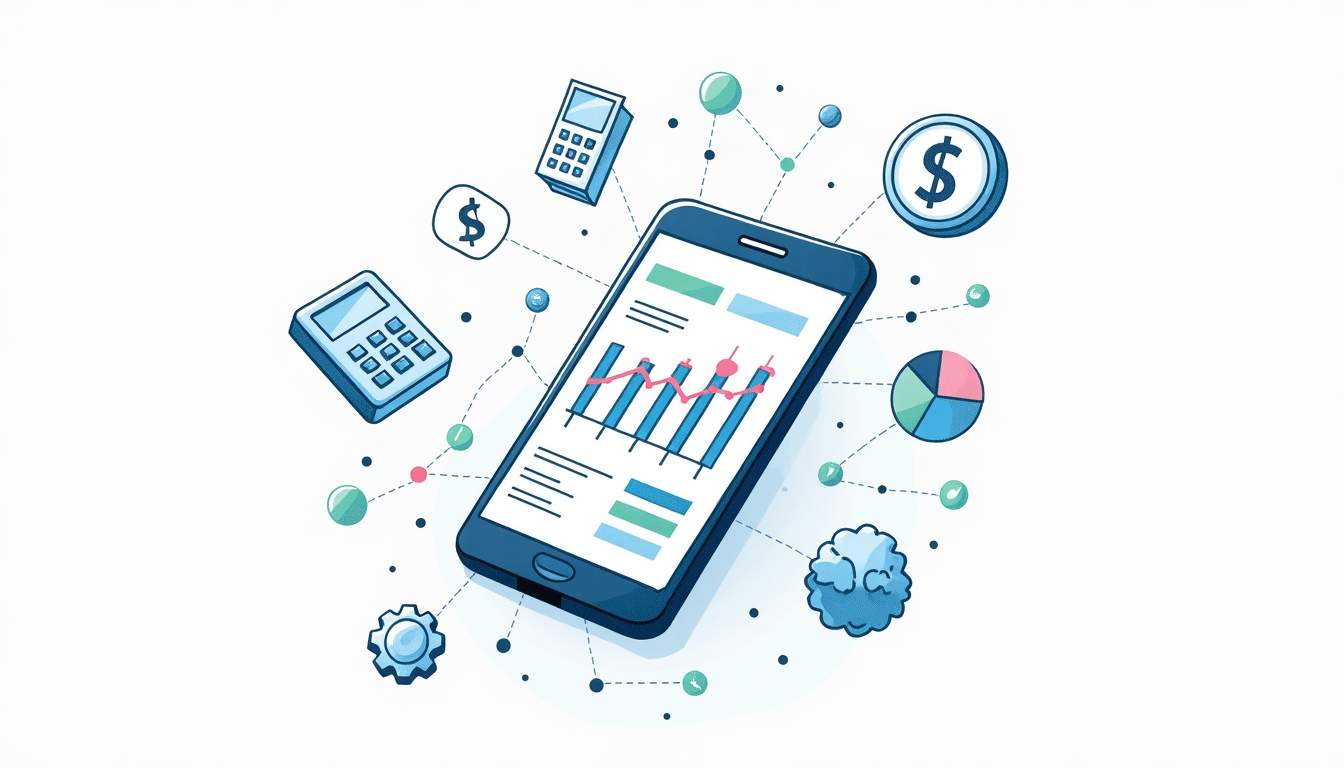Telemedicine has reshaped healthcare by making consultations, diagnostics, and patient monitoring possible anytime, anywhere. Accelerated by the COVID-19 pandemic, telemedicine apps have moved from “nice to have” to essential infrastructure for hospitals, clinics, and startups.
If you’re considering building a telemedicine app, one of the first questions you’ll face is:
How much does telemedicine app development cost?
The answer isn’t simple—it depends on features, compliance, platforms, and your development approach. In this guide, we’ll break down the real costs, key factors, market examples, and smart ways to optimize your budget without compromising security or quality.
What Is a Telemedicine App?
A telemedicine app connects patients and healthcare providers remotely through video, chat, and secure digital records. Common use cases include:
- Virtual consultations via video or audio
- Appointment scheduling and reminders
- E-prescriptions sent directly to pharmacies
- Integration with wearables for vital signs monitoring
- EHR access for seamless medical history
By cutting down on in-person visits, these apps expand access to care (especially in rural areas) while lowering provider overhead.
Core Features That Drive Telemedicine App Development Cost
The more advanced the feature set, the higher the investment. Typical building blocks include:
Secure Registration and Profiles
Patient and doctor onboarding with identity checks, medical history, and insurance details. Adding two-factor authentication increases both trust and cost.
Appointment Scheduling
Calendar integration, real-time availability, cancellations, and reminders. Essential for usability but technically complex to implement well.
Video Conferencing
HIPAA-compliant, high-quality video is the backbone of telemedicine. Custom-built solutions are expensive, so many teams use APIs like Twilio or Vonage for reliability.
Chat and Messaging
Asynchronous communication with file sharing, device sync, and end-to-end encryption. More secure = more development hours.
EHR Integration
Connecting to existing hospital systems is costly because every EHR has its own protocols. This often requires custom development and strict compliance work.
Payments
Built-in payments for consultations, subscriptions, or insurance claims. Costs rise when supporting multiple gateways and refund flows.
Prescriptions
E-prescription tools with pharmacy integration and drug database checks. These features add regulatory hurdles, increasing development timelines.
Analytics and Reporting
Dashboards for doctors and admins to track outcomes, engagement, and revenue. Valuable but backend-heavy.

Factors That Influence Telemedicine App Development Cost
Development Team Location
- North America & Western Europe: $80–$150/hour
- Eastern Europe: $40–$80/hour
- Asia: $25–$50/hour
Location heavily affects budget, but quality and compliance expertise matter more than rates alone.
Feature Complexity
A basic telehealth MVP with video calls and scheduling costs far less than an enterprise app with EHR integration, wearables, and AI diagnostics.
Platforms: iOS, Android, or Both
Launching on a single platform reduces costs by 30–40%. Cross-platform frameworks like Flutter or React Native can speed up builds, though highly regulated apps often require native.
Compliance & Security
HIPAA (U.S.), GDPR (EU), or local equivalents add costs for encryption, secure hosting, audit trails, and consent management. This is non-negotiable in healthcare.
Design & UX
Accessibility and usability are critical for patients of all ages. Custom flows and testing add to the budget but reduce churn.
Backend Infrastructure
Cloud hosting (AWS, Azure, Google Cloud) costs grow with scale—especially for video-heavy apps.
Maintenance
Expect 15–20% of initial dev cost annually for updates, security patches, and new OS compatibility.
How Much Does It Cost to Develop a Telemedicine App?
Here’s what to expect at different levels of complexity:
- MVP Telemedicine App ($60,000–$100,000)
- Secure logins
- Video consultations
- Appointment scheduling
- Basic payments
- Mid-Level App ($120,000–$200,000)
- Advanced UI/UX
- Multi-platform (iOS & Android)
- Secure chat & file sharing
- Basic EHR integration
- Prescription tools
- Enterprise-Grade App ($200,000–$400,000+)
- Full EHR integrations
- Wearable device data sync
- AI-driven diagnostics and recommendations
- Multi-language & accessibility features
- Analytics dashboards for providers
- Enterprise-grade security & scalability
Real-World Case Studies
- Teladoc Health: Invests hundreds of millions annually into compliance, scalability, and integrations—showing how costly enterprise-grade telehealth can be.
- Amwell: Raised over $500M to expand features like hospital integrations and insurance partnerships.
- Doctor on Demand (now Included Health): Built its brand around simple, accessible video consults before layering on more advanced features.
- Startups: Smaller firms typically budget $100,000–$300,000 to launch, then scale features as adoption grows.
Cost-Saving Strategies
- Start with an MVP: Validate demand with video calls + scheduling before adding wearables or AI.
- Leverage APIs: Twilio (video), Stripe (payments), and Firebase (notifications) reduce custom build time.
- Cross-platform dev: Flutter or React Native can cut costs if compliance allows.
- Specialized teams: Healthcare-focused dev shops save money by avoiding compliance pitfalls.
- Plan compliance early: Retrofits are expensive; design with HIPAA/GDPR in mind.
Beyond Development: Hidden Costs
- Cloud hosting: Costs scale quickly with active users and video streaming.
- Legal & licensing: HIPAA audits, FDA approval (if needed), or GDPR legal checks.
- Marketing: Building trust in healthcare takes significant investment in branding, SEO, and partnerships.
- Customer support: Critical for patient satisfaction—chatbots help, but human support is often needed.
How Wednesday Solutions De-Risks Telemedicine App Development
Building a healthcare app is a high-stakes investment—mistakes can mean wasted budget or failed compliance audits. That’s why many startups turn to Wednesday Solutions’ Launch Program.
Their Sprint Zero is a 4-week, low-risk engagement that delivers:
- A product roadmap tailored to your goals
- Scalable technical architecture
- A UI/UX style guide for consistency
- A functional freemium tool to start user testing
The key advantage? You validate feasibility and compliance before committing six figures. With AI-driven product engineering sprints and offshore efficiency, you get more iterations for the same budget—reducing waste, accelerating time-to-market, and de-risking your investment.
For founders racing against runway or hospitals testing digital expansion, this structured approach balances speed, cost-efficiency, and compliance confidence.
Conclusion
Telemedicine app development costs range from $60,000 for an MVP to $400,000+ for enterprise platforms. The final figure depends on features, compliance requirements, team expertise, and long-term scalability needs.
To make the right investment:
- Start lean with an MVP.
- Invest early in compliance and security.
- Leverage APIs and cross-platform frameworks.
- Choose partners with healthcare experience.
Telemedicine is no longer a trend—it’s the future of healthcare delivery. By budgeting smartly and adopting agile, low-risk development practices, your telemedicine app can improve patient outcomes while positioning your business at the heart of digital health innovation.






